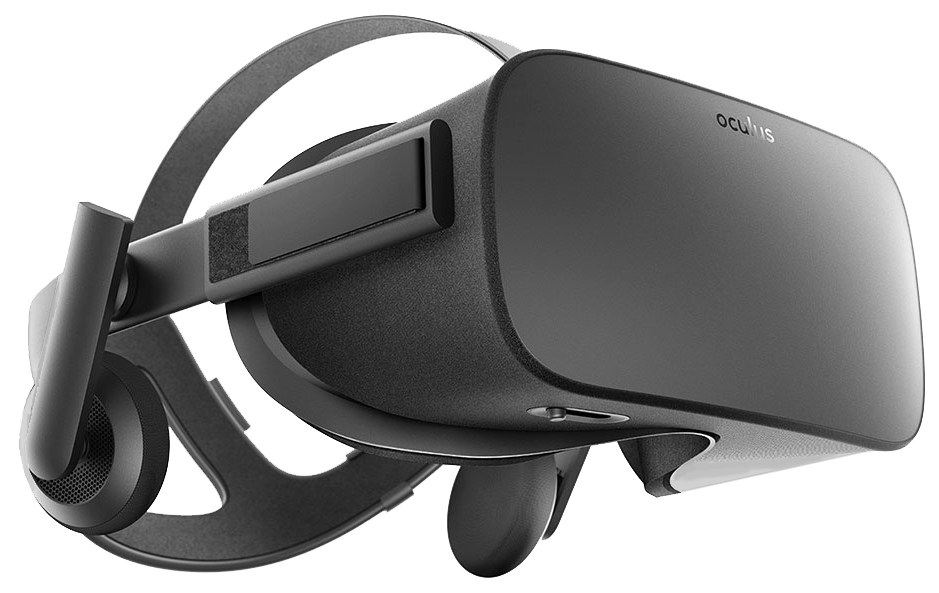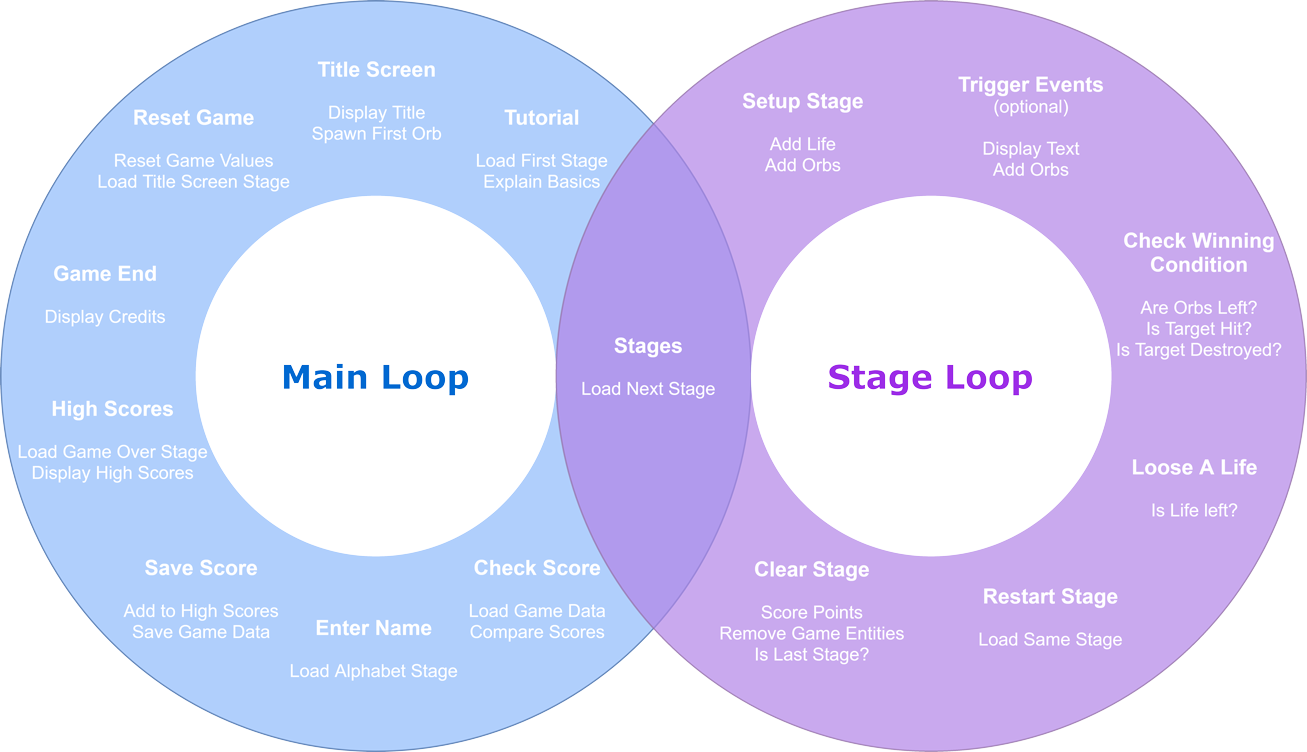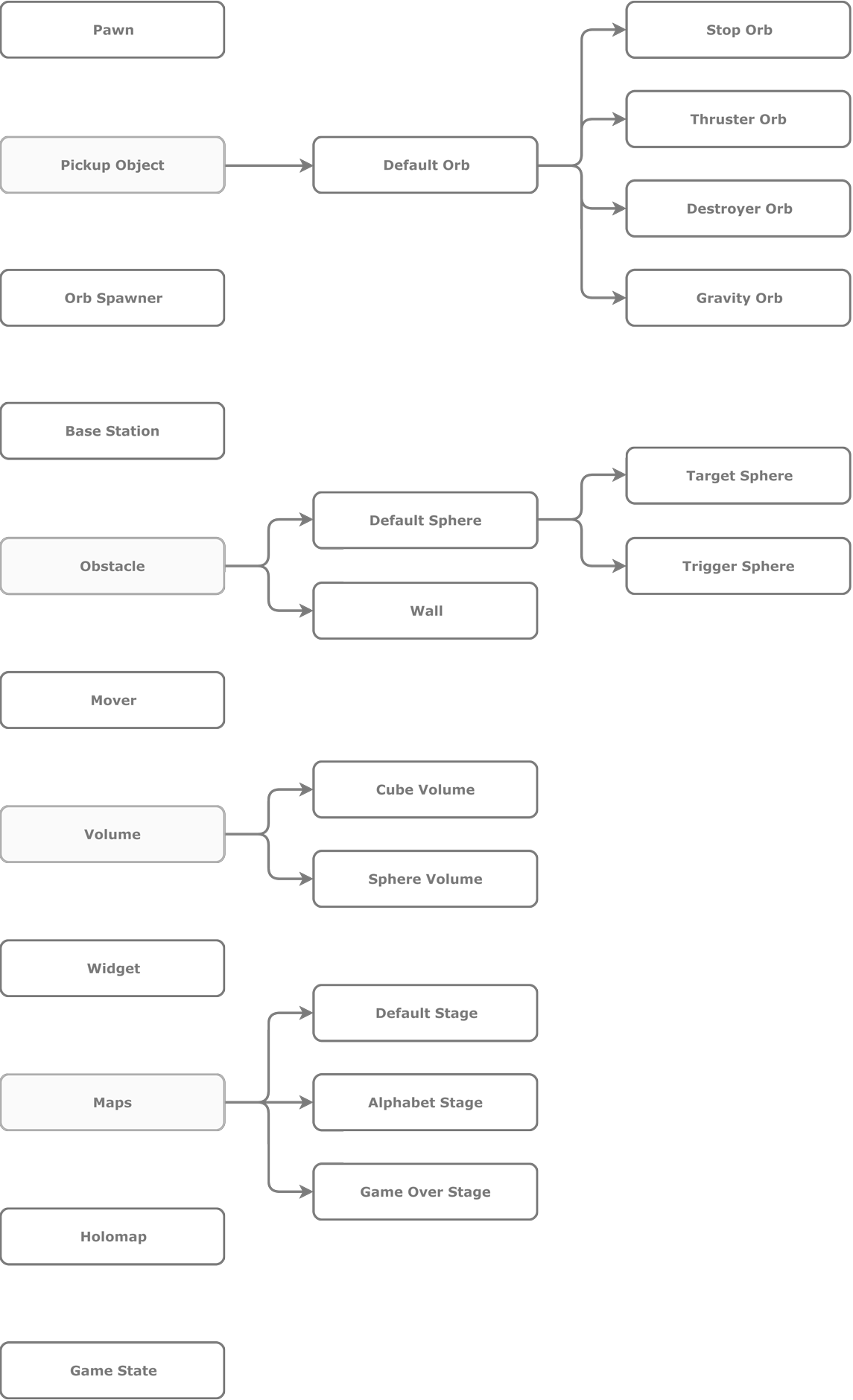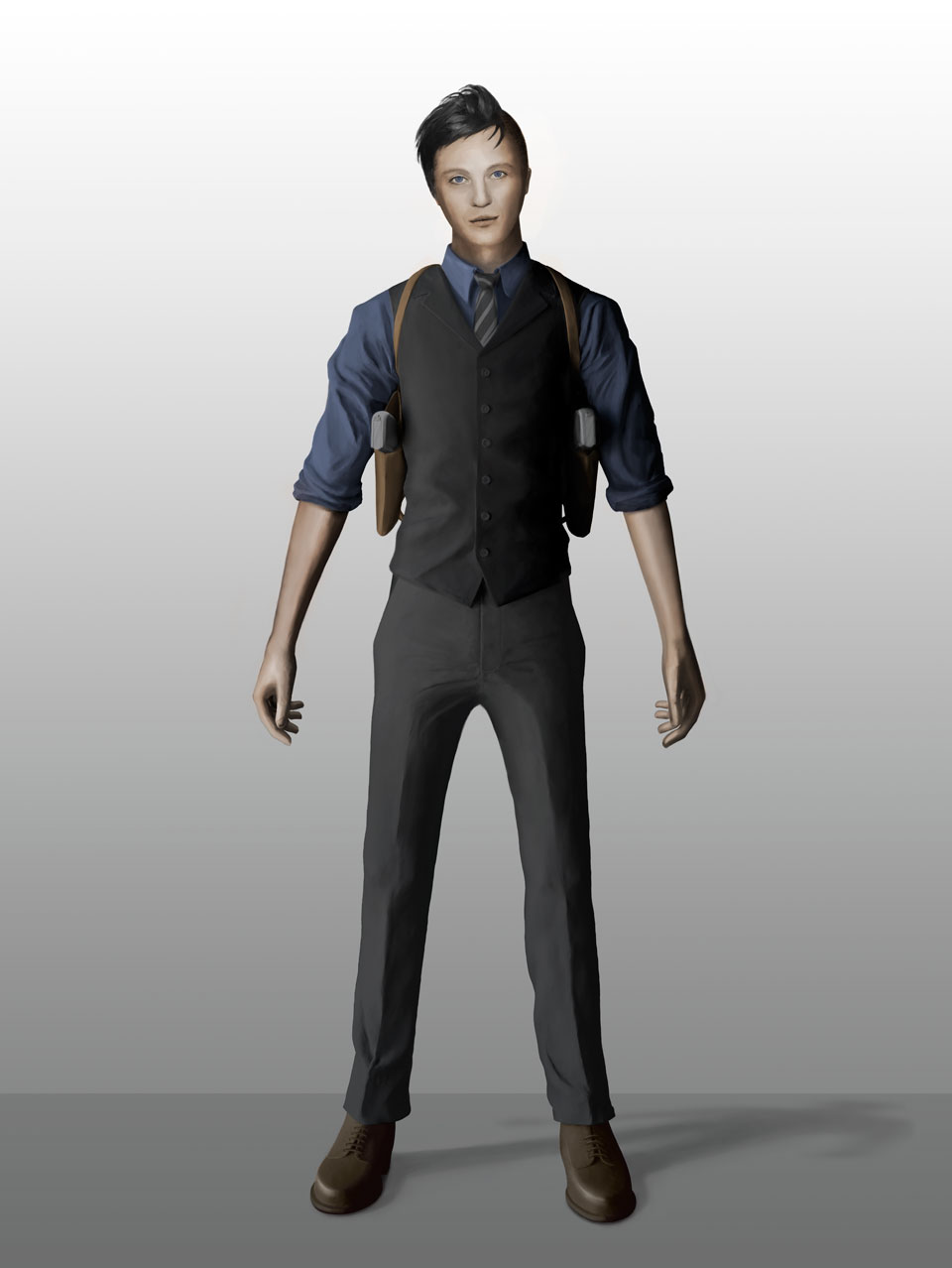September 09, 2017
Space Orbs
“Space Orbs” is a Virtual Reality puzzler.
PROJECT INFORMATION
Date: 8th semester (2017)
Duration: 8 weeks
Team Size: 1 person
Technology: Oculus Rift, Unreal Engine 4, Blueprint Visual Scripting, Autodesk Maya, Adobe Photoshop, Ableton
Live
Constraints: Develop a fully playable VR prototype with emphasis on motion controls.
Gameplay Video

Oculus
Rift Headset Rev 2.0
Oculus Rift Headset Rev 2.0
Introduction
This project is a resemblance of what I have learned and achieved over the course of the last three and a half years, and I am aiming to synergize the knowledge I have gained from my studies with the experience I have gained from work.

Oculus
Rift Motion Controllers
Oculus Rift Motion Controllers
Motivation
I am interested in virtual reality and mixed reality. I believe that these technologies will shape the future of the media landscape. The technology is somewhat new but leaves us developer a lot of room to explore. I am very interested and curious about its potential and how it can be utilized. I am sure, that we only see the tip of the iceberg and that we are still in the process of comprehending its possibilities.
Oculus
Rift Motion Tracker
Oculus Rift Motion Tracker
Goals
My goal is to create a virtual reality game, which is not only appealing in its design but is also set up in a way, that the content is modular and easily expandable. For that matter, it is essential to carefully plan and set up a clean foundation for the framework. I hope that this will result in high stability and great expandability of the game, as well as a solid foundation for further development. I believe, that if the foundation is set up correctly, content generation can be very efficient. With this belief, I am aiming to create content which allows for roughly thirty minutes of playtime.
Technology
I have been playing around with the HTC Vive and the Oculus Rift. While the HTC Vive is superior in image quality and device tracking across a whole room, the Oculus Rift is superior in comfort and setup. Although I like the touchpad of HTC Vive’s motion controllers, I prefer the ones from Oculus Rift due to its more ergonomic design.
Looking at my game, all advantages of the HTC Vive would not have any significant impact, and I, therefore, preferred to choose the one which is sufficiently tailored towards my needs.
Work Process
Timeline
Ideation
Conventional video games require the player to cognitively map specific action options to corresponding buttons or even button combinations. The use of motion controllers allows for an input option, that is more similar to the actions of everyday life. Simple tasks like reaching out for objects, grabbing and dropping them are very natural to perform. The simplicity and natural adaptation of the controls made virtual reality an enjoyable experience for everyone. It was important to me, to maintain this condition and to not end up with a hot wire game.
Throwing objects is interesting in many ways. In its core, it is a seemingly straightforward action, but it gets hard real quick if asked to throw an object consistently. I can throw a basketball, but can I hit the basket? Too many variables are contributing towards the outcome so that even professional basketball players are unable to predict their shot with 100% accuracy. Most of those variables, including angle and force, are also replicable in virtual reality. But I did not want to create a hit the basket simulator.
One of the great features of virtual reality is the possibility to set up conditions, which are difficult to be set up in the real world and let’s face it: gravity was always an annoyance in sports class.
Preparation

Game Loops
Game Loops
Game Loops

Dependencies
Dependencies
Dependencies
Execution
To make development most efficient, I carefully sketched out the dependencies of game objects. The graph to the right shows which entities are inheriting from where.
Review
Because of the focus on establishing a robust framework, adding more content in the form of extra stages became very easy. Due to the modular system, it is purely about arranging the layout, setting few triggers and adding it to the level array. This circumstance allows for more time being spent in actually designing levels rather than solving implementation problems. I believe that this fact is noticeable while playing my game. I can now already build a lot of more content by just using the currently available modules, but also adding new modules and features should be relatively easy.
Considering the amount of quality content I have been able to generate in this short amount of time, I would mark this project as a success.
>>This is just a slice. For my full documentation: Click HERE!<<





